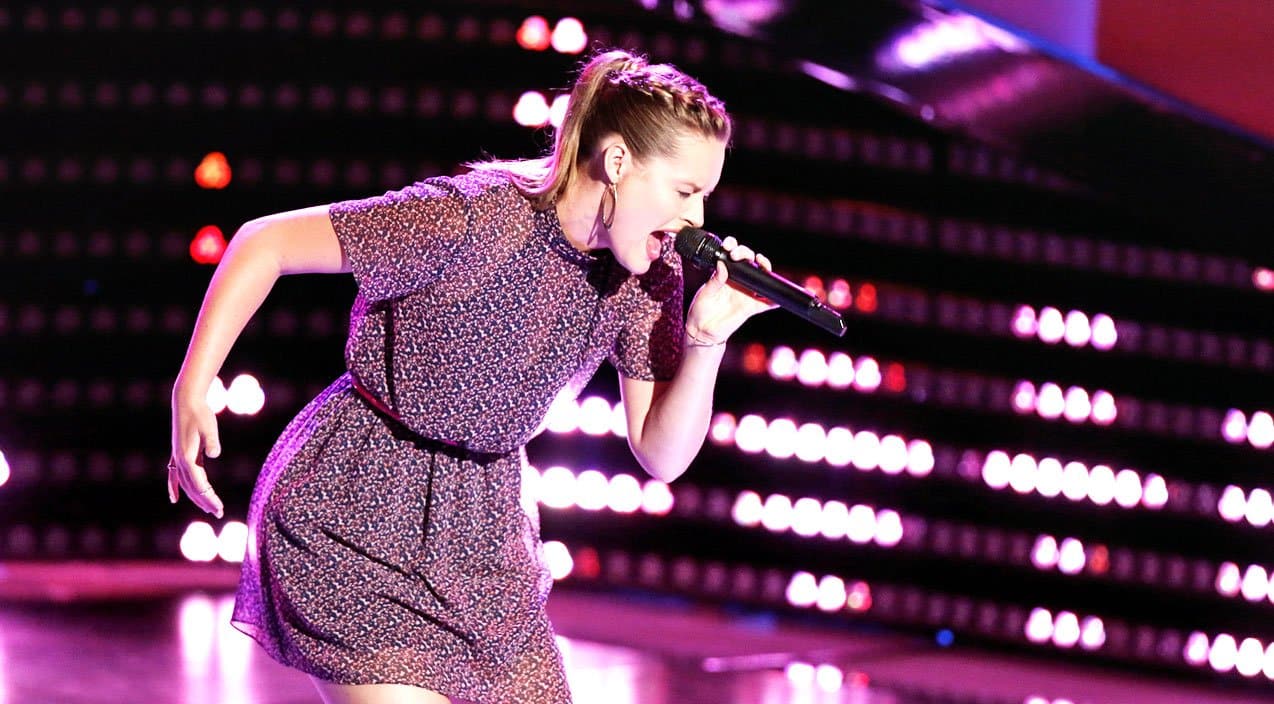Table Of Content
- #5 Joan Baez
- What is the message conveyed in “House of the Rising Sun?”
- More From: Behind The Song
- BGT fans spot major mistake as man dressed as Batman flies through air singing
- ‘The Voice’ Star Ruby Leigh Set to Make Her Grand Ole Opry Debut
- Sing Along to the Bonnaroo Theme Song
- Great Covers of House of the Rising Sun
- Cyndi Lauper, ‘Time After Time’
But still, no one could have predicted “The Rain,” with its ghostly sample of Ann Peebles’ “I Can’t Stand the Rain,” memorable Beenie Man misquote (“Who got the keys to the jeep?”), and twitchy yet sleek beat. It made Elliott a star, and she and Tim the producers to beat. Beyond its presence in films and TV shows, “House of the Rising Sun” has become a staple in popular culture. Its use in commercials, video games, and even as a part of political campaigns attests to its widespread recognition and status as a cultural touchstone. – Some interpretations of “House of the Rising Sun” suggest that it carries political undertones, reflecting social and economic inequality prevalent at the time of its creation.
#5 Joan Baez
Other early recordings include Woody Guthrie’s version from 1941 and Bob Dylan in 1961. The version by the Animals, however, is by far the most popular, and Dylan is often annoyed when it is assumed that he covered that song from them. House of the Rising Sun is a traditional folk song that has been passed along for generations. Folk songs are like fairy tales; people pass them on orally, leaving room to change with each telling or singing. Although the lyrics were first transcribed in 1925, the prior history remains murky. White is also credited with having written new words and music that have subsequently been popularized in the versions made by many other later artists.
What is the message conveyed in “House of the Rising Sun?”
The song has its roots in traditional folk music and has been passed down through generations. The earliest recorded versions date back to the 1930s, and it has since been covered by numerous artists in various styles. That said, Baez was clearly a connoisseur of traditional folk songs. Many folk singers aspire to the power and heart she brought to her music.
More From: Behind The Song
Although there was a hotel called Rising Sun in New Orleans long ago, the link is merely conjecture. Although Van Ronk didn’t release his recording of House of the Rising Sun until 1964, his earlier live performances influenced many to come. Famous ethnomusicologist Alan Lomax traces the House of the Rising Sun back to a ballad called Matty Groves.
Old versions of the song talk of the ruin of girls and some later versions of boys. After hearing one of Lomax’s field recordings, Van Ronk created his musical arrangement of the tune. He shifted the chord progression by way of a descending bassline and slowed the tempo a bit too. Van Ronk’s arrangement became the bedrock for most covers since the late ’50s. As recording albums became more accessible in the late 40s and 50s, dozens of covers emerged. Folk singer Dave Van Ronk’s remake was probably the most influential.
‘The Voice’ Star Ruby Leigh Set to Make Her Grand Ole Opry Debut
Frijid Pink’s cover of House of the Rising Sun is drenched in heavy metal twang guitar. The first notable style difference is their use of the wah-wah pedal and tremolo arm. Frijid gets even more straight ahead with their delivery of Rising Sun. Meaning they take that semi-mysterious waltz feel and make it march.

This would bring Rising Sun back to Northern England circa 1600. However it came to be, House of the Rising Sun has been covered and remade by several great musicians. BBC writer Ralph McLean would also note on the 1964 release that is had been “a revolutionary single” after which “the face of modern music was changed forever”. It is interesting how Burdon didn’t perform the song for a long time after the Animals split, calling it an “embarrassment”.
Hypnotic, seductive, determined, mournful, vexed, and empowered are just a few ways to describe her work. They released four albums in the early 70s and toured with heavy Detroit bands like MC5 and The Stooges. Sometimes the best things about a fairy tale are the mysteries of whether the tale is true. We like to leave House of the Rising Sun to keep wandering, as it always has. During the 1930’s, the first recordings of the song started to appear. The earliest known recording was released by Appalachian artists Clarence “Tom” Ashley and Gwen Foster.
Casey Bishop rocks on American Idol again with “House of the Rising Sun” - Naples Florida Weekly
Casey Bishop rocks on American Idol again with “House of the Rising Sun”.
Posted: Thu, 25 Mar 2021 07:00:00 GMT [source]
Cyndi Lauper, ‘Time After Time’
That place boasted a restaurant, a larger beer salon, and a coffee house. Colombian band Los Speakers covered the song under the title "La Casa del Sol Naciente", in their 1965 album of the same name. In 2014, Five Finger Death Punch released a cover version for their album The Wrong Side of Heaven and the Righteous Side of Hell, Volume 2. Five Finger Death Punch's remake reached number 7 on the US Billboard Mainstream Rock chart. The song was first collected in Appalachia in the 1930s, but probably has its roots in traditional English folk song. The meaning behind the lyrics is about a life gone wrong in New Orleans, with the narrator lamenting his life out loud and hoping for some form of escape or redemption.
Co-producer Jimmy Jam recalled being in the studio and “switching between MTV and CNN. Watching music videos on one side and watching atrocities on the other. As a final note, the legacy of House of the Rising Sun lies in its ability to transcend time and connect with audiences on a deep emotional level. Its enduring popularity is a testament to the timeless nature of music and its power to evoke emotions and tell compelling stories. The song tells the haunting tale of a person’s downfall and subsequent ruin in the infamous House of the Rising Sun.
In 1958, Pete Seeger recorded a version on the banjo and, as was often common in earlier versions of the song, he sang it from the perspective of a woman. Woodie Guthrie recorded a version, as did both Joan Baez and Bob Dylan, who had arguably the most famous version until the Animals’ cover several years later. The Animals recorded their world-famous version in one take during a May, 1964 recording session. It became an immediate hit, and topped both the U.S. and U.K. The song has been continuously been lauded for it’s sound and staying power, and remained The Animals most popular single. The song traces its origins back to the early 20th century in the Southern United States, where it first emerged as a traditional folk ballad.
“I decided that if I was gonna sing, I would sing how I speak, because it’s important to be yourself,” she said. Her voice cracks before she reaches the first chorus of this 1992 hit, playing up the romantic drama of the lyric. Even better, so does Stuart Matthewman’s guitar; in the middle of this otherwise mellow groove, he overdubs a seriously moody and low-key noisy part that gives the whole thing a welcome edge.

No comments:
Post a Comment